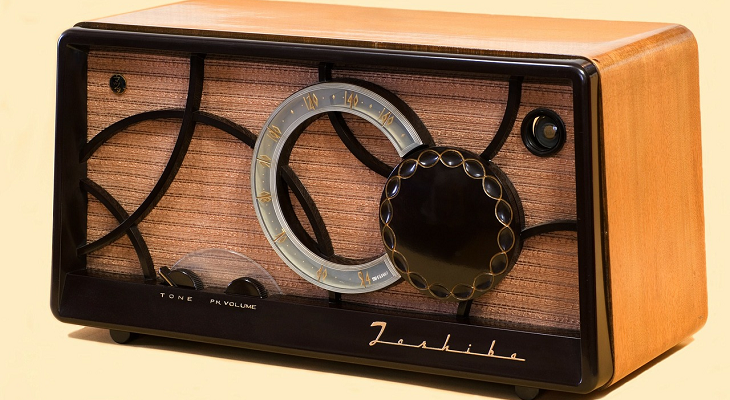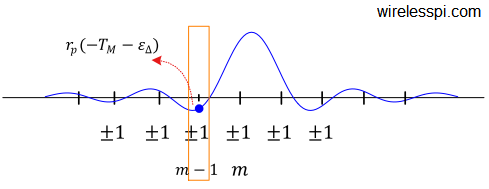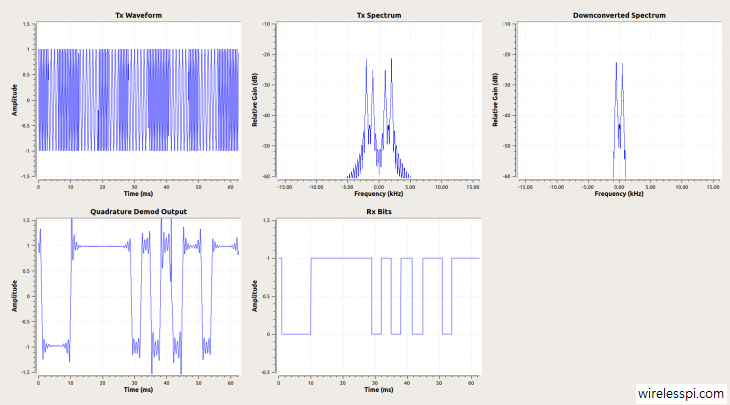In the book "Where Good Ideas Come From", the author Steven Johnson mentions some stories on how errors lead to new scientific breakthroughs which I think would be interesting for radio/wireless enthusiasts. The first among them is what laid the foundation for electronics and radio broadcasting. Audion (Triode) Vacuum Tube In the summer of 1900 a twenty-seven-year-old aspiring inventor named Lee de Forest moved to Chicago, rented a one-room apartment on Washington Boulevard, and took a day job translating foreign articles on wireless technology for Western Electrician magazine. The translation work was informative: a major exposition on wireless technology that
Continue reading



